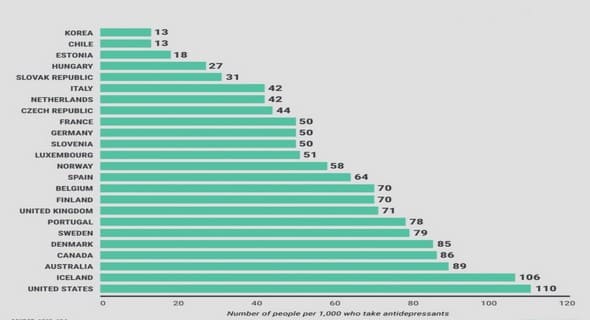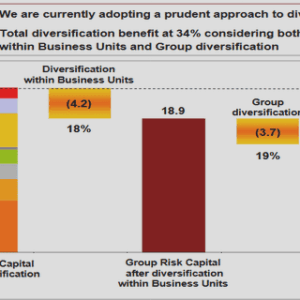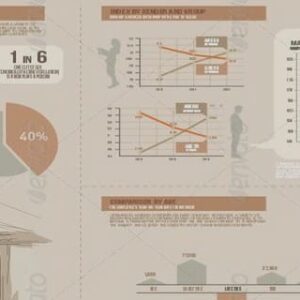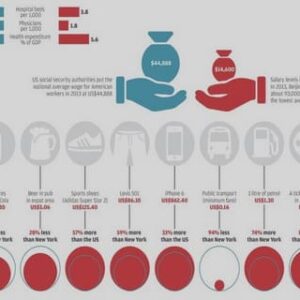(Downloads - 0)
For more info about our services contact : help@bestpfe.com
Table of contents
Chapter 1 Consumers’ values and their relationship with individual consumption of innovative products
1. Behavior and its connection with preferences
1.1. Preferences and their changing nature
1.2. Preferences, as a parameter of the economic decision-making process
2. The concept of value, systems of value and their classification
2.1. Personal values
Cultural values
2.2. Values in the consumption decision-making
Customer value
Consumer value
2.3. Product value
2.4. Satisfaction as a response on value
3. Environmental values, as a part of individual’s value system
3.1. Personal and consumption values and their transformation into pro-environmental behavior
4. Innovation and innovation values in the consumption decision-making
4.1. Product innovation
New Products
New Product Development
4.2. Consumer innovativeness and the diffusion of innovations
4.3. Eco-innovation, sustainable development and consumption
Conclusion
Chapter 2 Preference and value elicitation for innovative products. Methodological side of the problem
1. Traditional methods of value elicitation
1.1. Conjoint analysis
1.2. Contingent valuation
1.3. Discrete choice analysis
Referencing or pivot design of discrete choice analysis
2. Designing stated preference value elicitation method
2.1. Experimental view on the estimation of willingness to pay WTP and WTA disparity
2.2. Practical issues of the elicitation mechanism design
3. Auction as a value elicitation method
4. Combined methods of value elicitation
5. Inferred valuation method
Conclusion
Chapter 3 Elicitation of willingness to pay for upgradeable products with calibrated auction-conjoint method
1. Presentation of the “IDCyclUM” project and the goal of research
1.1. Sustainable development and upgradeability principle
1.2. Presentation of the method of willingness to pay elicitation
2. The experiment on upright and wired vacuum cleaners
2.1. General information on the method and the experimental design
2.2. Experiment outlines
3. Main findings
3.1. Analysis of the structure and importance distribution of attributes
3.2. Bids distribution and WTP for both types of vacuum cleaners
Conclusion
Chapter 4 French households’ willingness to pay for electricity contracts using Smart Meters
1. Smart meters and smart grids technologies
1.1. Demand-side management and its consequences on consumer energy saving behavior
1.2. Insights into consumer acceptance of smart grids and smart meters
2. Methodology
2.1. Discrete choice analysis and pivot discrete choice experiment
2.2. Estimation models seeking to account for the heterogeneity of consumers’ preferences IIA property and its consequences on discrete choices
2.3. Mixed logit models and the heterogeneity of consumers’ preferences. WTP issues for mixed logit models
2.4. Generalized MNL – a new method, which accounts for preference and scale heterogeneity
3. Experiment and the hypotheses
3.1. Experimental design
4. Main findings
4.1. Estimation with the inferred valuation method
Conclusion
General conclusion
References




